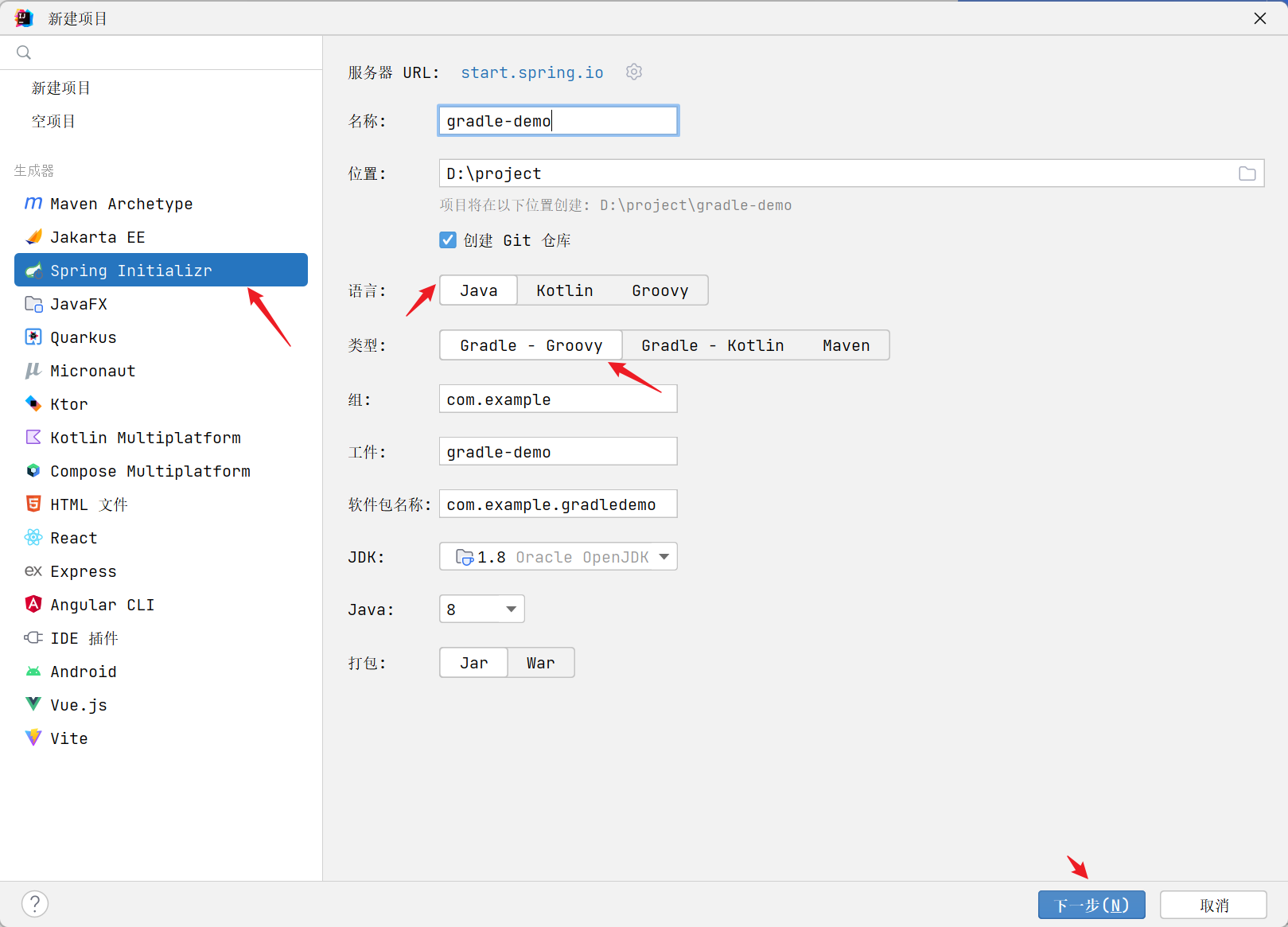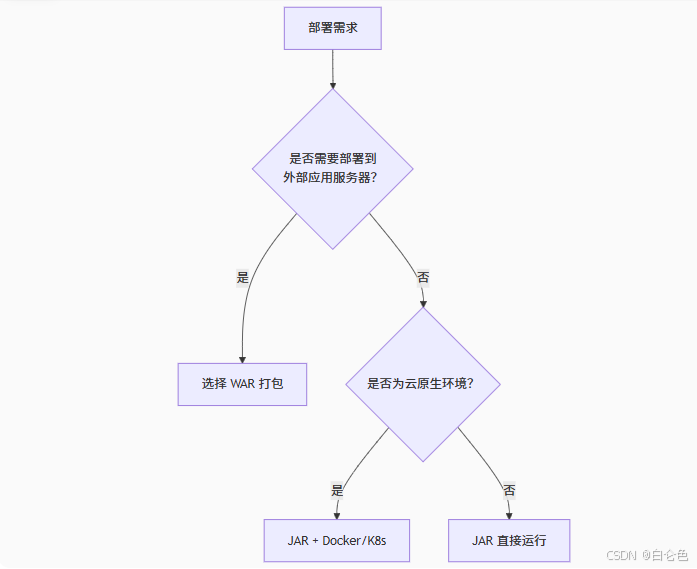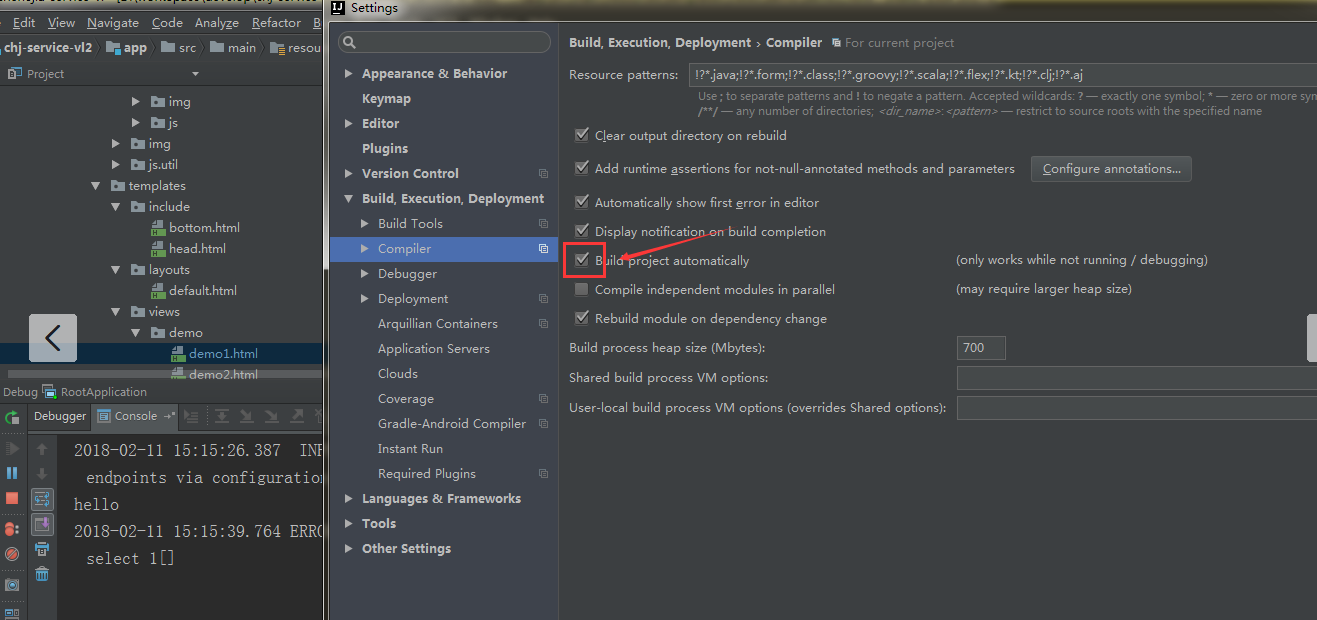Spring Boot 3 集成 Swagger 3 完整指南
Swagger(现更名为OpenAPI)是一个用于设计、构建和文档化API的强大工具。在Spring Boot 3中集成Swagger 3(OpenAPI 3.0)可以帮助我们自动生成API文档,方便前后端开发人员协作。
一、依赖配置
首先,在pom.xml中添加SpringDoc OpenAPI依赖(Swagger 3的官方实现):
1
2
3
4
5
6
|
<dependency>
<groupId>org.springdoc</groupId>
<artifactId>springdoc-openapi-starter-webmvc-ui</artifactId>
<version>2.1.0</version>
</dependency>
|
这个依赖包含了:
- OpenAPI 3.0规范的实现
- Swagger UI界面
- 与Spring Boot 3的自动配置
二、基本配置
创建Swagger配置类,自定义API文档信息:
1
2
3
4
5
6
7
8
9
10
11
12
13
14
15
16
17
18
19
20
21
22
23
24
25
26
27
28
29
| package com.example.demo.config;
import io.swagger.v3.oas.models.OpenAPI;
import io.swagger.v3.oas.models.info.Contact;
import io.swagger.v3.oas.models.info.Info;
import io.swagger.v3.oas.models.info.License;
import org.springframework.context.annotation.Bean;
import org.springframework.context.annotation.Configuration;
@Configuration
public class SwaggerConfig {
@Bean
public OpenAPI customOpenAPI() {
return new OpenAPI()
.info(new Info()
.title("Spring Boot 3 API 文档")
.version("1.0.0")
.description("这是一个使用Spring Boot 3和Swagger 3构建的API文档示例")
.termsOfService("https://example.com/terms")
.contact(new Contact()
.name("开发团队")
.email("dev@example.com")
.url("https://example.com"))
.license(new License()
.name("Apache 2.0")
.url("https://www.apache.org/licenses/LICENSE-2.0.html")));
}
}
|
三、实战示例
1. 创建实体类
1
2
3
4
5
6
7
8
9
10
11
12
13
14
15
16
17
18
19
20
21
22
23
24
25
| package com.example.demo.model;
import io.swagger.v3.oas.annotations.media.Schema;
import lombok.AllArgsConstructor;
import lombok.Data;
import lombok.NoArgsConstructor;
@Data
@NoArgsConstructor
@AllArgsConstructor
@Schema(description = "用户实体类")
public class User {
@Schema(description = "用户ID", example = "1")
private Long id;
@Schema(description = "用户名", example = "张三")
private String username;
@Schema(description = "用户年龄", example = "25")
private Integer age;
@Schema(description = "用户邮箱", example = "zhangsan@example.com")
private String email;
}
|
2. 创建控制器
1
2
3
4
5
6
7
8
9
10
11
12
13
14
15
16
17
18
19
20
21
22
23
24
25
26
27
28
29
30
31
32
33
34
35
36
37
38
39
40
41
42
43
44
45
46
47
48
49
50
51
52
53
54
55
56
57
58
59
60
61
62
63
64
65
66
67
68
69
70
71
72
73
74
75
76
77
78
79
80
81
82
83
84
85
86
87
88
89
90
91
| package com.example.demo.controller;
import com.example.demo.model.User;
import io.swagger.v3.oas.annotations.Operation;
import io.swagger.v3.oas.annotations.Parameter;
import io.swagger.v3.oas.annotations.enums.ParameterIn;
import io.swagger.v3.oas.annotations.media.Content;
import io.swagger.v3.oas.annotations.media.Schema;
import io.swagger.v3.oas.annotations.responses.ApiResponse;
import io.swagger.v3.oas.annotations.tags.Tag;
import org.springframework.http.ResponseEntity;
import org.springframework.web.bind.annotation.*;
import java.util.ArrayList;
import java.util.List;
import java.util.concurrent.ConcurrentHashMap;
@RestController
@RequestMapping("/api/users")
@Tag(name = "用户管理", description = "用户CRUD操作的API接口")
public class UserController {
private static final ConcurrentHashMap<Long, User> users = new ConcurrentHashMap<>();
static {
users.put(1L, new User(1L, "张三", 25, "zhangsan@example.com"));
users.put(2L, new User(2L, "李四", 30, "lisi@example.com"));
}
@GetMapping
@Operation(summary = "获取所有用户", description = "返回系统中所有的用户列表")
@ApiResponse(responseCode = "200", description = "查询成功",
content = @Content(schema = @Schema(implementation = User.class)))
public List<User> getAllUsers() {
return new ArrayList<>(users.values());
}
@GetMapping("/{id}")
@Operation(summary = "根据ID获取用户", description = "根据用户ID查询用户信息")
@ApiResponse(responseCode = "200", description = "查询成功")
@ApiResponse(responseCode = "404", description = "用户不存在")
public ResponseEntity<User> getUserById(
@Parameter(name = "id", description = "用户ID", in = ParameterIn.PATH, required = true)
@PathVariable Long id) {
User user = users.get(id);
if (user == null) {
return ResponseEntity.notFound().build();
}
return ResponseEntity.ok(user);
}
@PostMapping
@Operation(summary = "创建新用户", description = "添加新用户到系统中")
@ApiResponse(responseCode = "201", description = "用户创建成功")
public ResponseEntity<User> createUser(
@Parameter(description = "用户信息", required = true)
@RequestBody User user) {
Long newId = users.size() + 1L;
user.setId(newId);
users.put(newId, user);
return ResponseEntity.status(201).body(user);
}
@PutMapping("/{id}")
@Operation(summary = "更新用户信息", description = "根据ID更新用户信息")
public ResponseEntity<User> updateUser(
@Parameter(name = "id", description = "用户ID", in = ParameterIn.PATH, required = true)
@PathVariable Long id,
@Parameter(description = "更新后的用户信息", required = true)
@RequestBody User user) {
if (!users.containsKey(id)) {
return ResponseEntity.notFound().build();
}
user.setId(id);
users.put(id, user);
return ResponseEntity.ok(user);
}
@DeleteMapping("/{id}")
@Operation(summary = "删除用户", description = "根据ID删除用户")
public ResponseEntity<Void> deleteUser(
@Parameter(name = "id", description = "用户ID", in = ParameterIn.PATH, required = true)
@PathVariable Long id) {
if (!users.containsKey(id)) {
return ResponseEntity.notFound().build();
}
users.remove(id);
return ResponseEntity.noContent().build();
}
}
|
四、常用Swagger注解说明
| 注解 | 说明 |
|---|
@Tag | 用于描述控制器类的作用 |
@Operation | 用于描述接口方法的作用 |
@Parameter | 用于描述方法参数 |
@Schema | 用于描述实体类或属性 |
@ApiResponse | 用于描述接口的响应信息 |
@RequestBody | 用于描述请求体参数 |
五、访问Swagger UI
启动Spring Boot应用后,通过以下地址访问Swagger UI界面:
1
| http://localhost:8080/swagger-ui/index.html
|
在这个界面中,你可以:
- 查看所有API接口列表
- 查看每个接口的详细信息(参数、响应等)
- 在线测试API接口
- 导出API文档(支持JSON和YAML格式)
六、生产环境配置
在生产环境中,我们通常需要关闭Swagger文档,可以通过配置文件实现:
1
2
3
4
5
6
|
springdoc:
api-docs:
enabled: false
swagger-ui:
enabled: false
|
然后在启动时指定生产环境:
1
| java -jar your-app.jar --spring.profiles.active=prod
|
七、其它参数配置案例
1.多个路径参数(@PathVariable)
适用于 URL 路径中包含多个占位符的情况(如 /users/{userId}/orders/{orderId})。
1
2
3
4
5
6
7
8
9
10
11
12
13
14
| @GetMapping("/users/{userId}/orders/{orderId}")
public ResponseEntity<Order> getOrder(
// 第一个路径参数:用户ID
@Parameter(name = "userId", description = "用户ID", in = ParameterIn.PATH, required = true)
@PathVariable Long userId,
// 第二个路径参数:订单ID
@Parameter(name = "orderId", description = "订单ID", in = ParameterIn.PATH, required = true)
@PathVariable Long orderId
) {
Order order = orderService.getOrder(userId, orderId);
return ResponseEntity.ok(order);
}
|
说明:
- 路径中用 {参数名} 定义占位符,方法参数通过 @PathVariable 依次绑定;
- 参数名需与路径占位符一致,不一致时需指定 @PathVariable(“占位符名称”)。
2. 多个查询参数(@RequestParam)
适用于 URL 中以 ?key=value&key2=value2 形式传递的参数(如 /users?page=1&size=10&keyword=test)
1
2
3
4
5
6
7
8
9
10
11
12
13
14
15
16
17
18
| @GetMapping("/users")
public ResponseEntity<Page<User>> getUsers(
// 分页参数:页码(默认值1)
@Parameter(name = "page", description = "页码", in = ParameterIn.QUERY, required = false)
@RequestParam(defaultValue = "1") Integer page,
// 分页参数:每页条数(默认值10)
@Parameter(name = "size", description = "每页条数", in = ParameterIn.QUERY, required = false)
@RequestParam(defaultValue = "10") Integer size,
// 查询关键词(非必填)
@Parameter(name = "keyword", description = "查询关键词", in = ParameterIn.QUERY, required = false)
@RequestParam(required = false) String keyword
) {
Page<User> userPage = userService.findUsers(page, size, keyword);
return ResponseEntity.ok(userPage);
}
|
说明:
- 用 @RequestParam 绑定查询参数,required = false 表示非必填;
- defaultValue 可设置默认值(当参数未传递时使用)。
需使用 @RequestParam(“file”) MultipartFile file 接收文件,其他普通字段仍用 @RequestParam 或实体类。
1
2
3
4
5
6
7
8
9
10
11
12
13
| @PostMapping(value = "/user/upload", consumes = MediaType.MULTIPART_FORM_DATA_VALUE)
public String uploadForm(
// 接收文件
@Parameter(description = "头像文件")
@RequestParam("avatar") MultipartFile avatar,
// 接收普通表单字段(或用实体类接收)
@Parameter(description = "用户名")
@RequestParam String username
) {
return "文件:" + avatar.getOriginalFilename() + ",用户:" + username;
}
|
说明:
- 带文件的表单(multipart/form-data),需使用 @RequestParam(“file”) MultipartFile file 接收文件
4. 复杂参数(实体类接收)
当参数较多(如创建用户时需要 username、age、email 等),推荐用实体类统一接收(适用于 POST/PUT 等请求的请求体)。
1).定义实体类
1
2
3
4
5
6
7
8
9
10
11
| @Data
public class UserDTO {
@ApiModelProperty(value = "用户名", required = true)
private String username;
@ApiModelProperty(value = "年龄", required = false)
private Integer age;
@ApiModelProperty(value = "邮箱", required = true)
private String email;
}
|
2).在接口中使用实体类接收参数
1
2
3
4
5
6
7
8
9
10
| @PostMapping("/users")
public ResponseEntity<User> createUser(
// 请求体参数:用@RequestBody绑定实体类
@Parameter(description = "用户信息")
@RequestBody @Valid UserDTO userDTO // @Valid用于参数校验
) {
User user = userService.createUser(userDTO);
return ResponseEntity.status(HttpStatus.CREATED).body(user);
}
|
说明:
- 用 @RequestBody 将请求体(通常是 JSON)转换为实体类对象;
- 结合 Swagger 的 @ApiModelProperty 注解,可在文档中展示每个字段的说明;
- @Valid 配合 javax.validation 注解(如 @NotBlank)可实现参数校验。
总结
通过以上步骤,我们完成了Spring Boot 3与Swagger 3的集成,实现了API文档的自动生成和在线测试功能。Swagger不仅能提高团队协作效率,还能作为API的活文档,随着代码的更新而自动更新。
在实际项目中,可以根据需要进一步定制Swagger配置,如添加全局参数、配置API分组、设置安全认证等,以满足不同场景的需求。




/baaa5c67e3754abe83e0bbb2f2e14c58.png)





